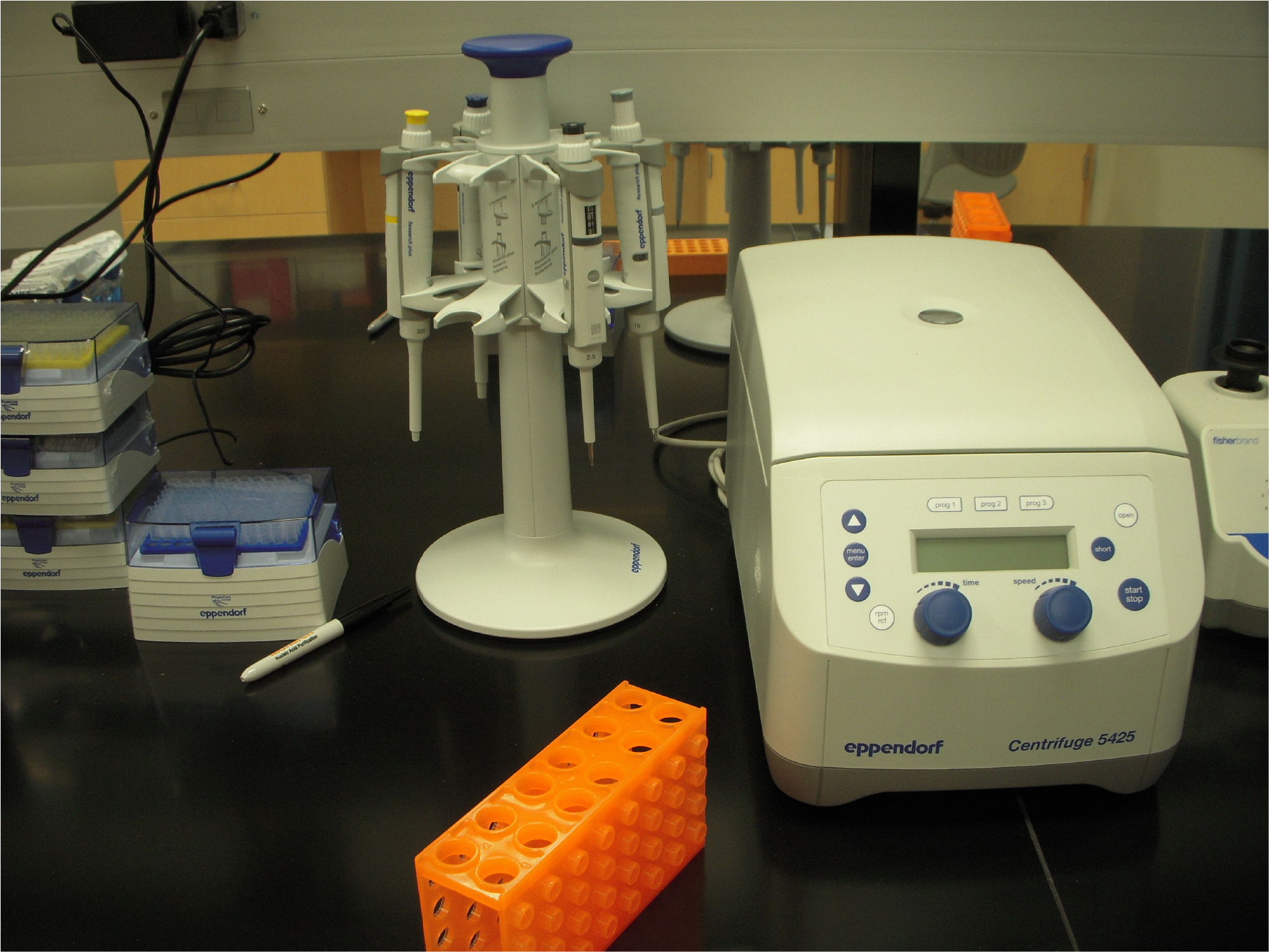Written by Luke Hatfield
8/20/21 – The world of RNA structure is bubbling with potential and a necessary desire to find accurate and reliable methods of interpreting not only two dimensional RNA structure, but three dimensional as well. Some studies have already been completed using complex in silico simulations, kinetics based physics models to interpret 3D structure conformation using nucleotide based SHAPE-MaP probing, and now direct crosslinking of folding conformations using SHAPE-JuMP from the Weeks lab at UNC, Chapel Hill. This method is accomplished using a SHAPE compound developed specifically for this method, called trans-bis-isatoic anhydride (TBIA). This TBIA acts like a typical SHAPE compound in that it reacts with a nucleotide’s 2’-OH group. However, unlike other SHAPE compounds, it is a double ended molecule. This means that when the primary oxygen bonds the molecule can then use another available oxygen on the other side of the compound to attach to a nearby nucleotide, which can be paired or unpaired. This then links the two strands of RNA that are in close proximity to each other. The RNA is then crosslinked so that the specific conformation the structure is taking is tethered using TBIA. Reverse transcription is then performed, utilizing a uniquely mutated RT-C8 reverse transcriptase, that is capable of “jumping” the TBIA, inducing mutations where the nucleotides were linked. These mutations are then read out (to an impressive depth of 500000 reads) and compared to standard sequencing reads and SHAPE-MaP reads in order to identify the locations of the mutations from SHAPE-JuMP. SHAPE-JuMP provides important details about which nucleotides were crosslinked and skipped, showing interaction sites of the TBIA, while the other standard reads serve to help fill in the gaps and build the 3D structures. This provides unique structural information about what sections of the RNA in question is in proximity to each other, giving insight into the 3D conformations the RNA are taking when in vitro.
This method is still fairly new and there are a fair few improvements to be made. However, this introductory experiment is promising and gives a fair amount of credence to the ability of this technique and related compounds to improve upon the current understanding and methodology in uncovering RNA three dimensional structure. As our lab currently has two significant projects underway regarding RNA structure and form, observing and learning from techniques and experiments like these is crucial in moving forward with innovative and creative approaches to the questions that are at the forefront of RNA research. The primary drawback to utilizing this technique for our research projects is in the limited scope of RNA’s that it can probe. The P546 domain, VS riobzyme, RNase P, and Group II intron interrogated in this paper are no longer than 412 nucleotides at the longest (Group II intron) and 158 nucleotides long at the shortest (P546 domain). The current focus of our research involves RNA lengths averaging around three kilobase pairs, with some alternative structures reaching up to seven or even eight kilobase pairs. It is unclear how well the TBIA and SHAPE-JuMP would be able to handle forming its bonds it relies on to JuMP at strands of this length – but the ideas and concepts presented here will help us with our experimental setup and planning in the future.
